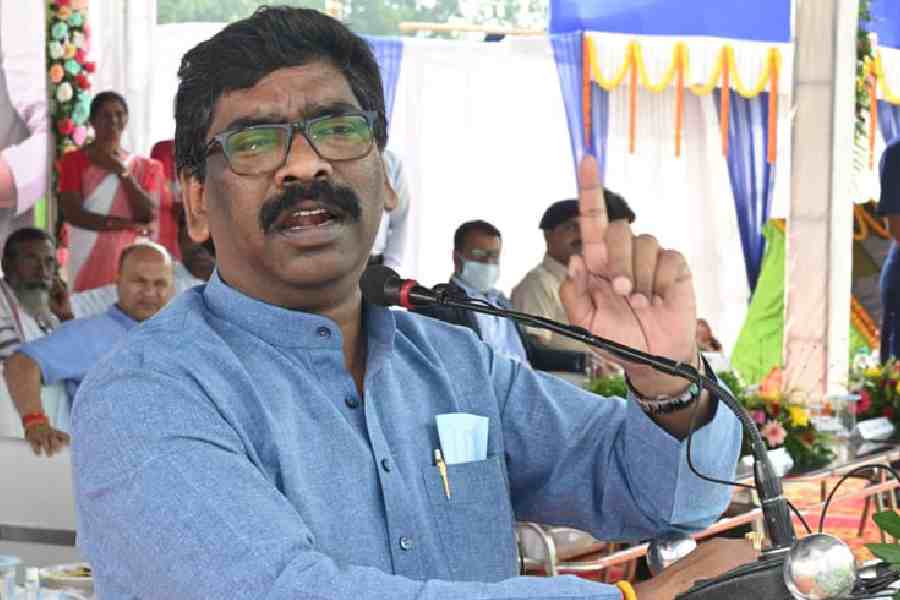Rebel-hit West Singhbhum district, also known as the mining hub of Jharkhand, is using abandoned mines and water reservoirs to provide a livelihood to youths through fish farming.
The move has earned praise from Jharkhand chief minister Hemant Soren, who on Monday hailed it as an effort to make youths self-reliant. “The move is helping youths to become self-reliant for their livelihood and stopping migration to other states,” Soren said.
Incidentally, several blocks in West Singhbhum witness large-scale migration of labourers to other big cities in search of employment.
“We started the notified schemes during the Covid period. As a result, the migration has reduced and on the other hand, the youths are now becoming self-sufficient by doing fish farming. This is the reason that about 23,000 tonnes more fish was produced in the state in the financial year 2022-23. In addition, 1.65 lakh farmers and fish farmers were associated with the business of fish production,” said a statement released by the chief minister’s secretariat.
The West Singhbhum district administration helped youths to get training in Biofloc technology for fish farming (this system recycles waste nutrients as fish food). Biofloc, specifically cultured microorganisms, are introduced into the water to form microbial protein from toxic fish waste and other organic matter in the water. This helps maintain water quality as well as lowers costs.
“With the help of Biofloc technology, the youths here are getting 4-5 quintal production per tank by rearing fish like Komonkar/ Monosels/ Tilapia with less water and average cost on a small area of land. The youths who opted for the training are getting 40 to 60 per cent grants from government schemes and the fishery department. In each water reservoir nearly 50 youths are getting a livelihood,” said West Singhbhum district fishery officer Jayant Ranjan.
The abandoned limestones mines at Kamarhatu in Chaibasa Sadar block and Karanjia in Jagannathpur block are being used for fish farming using cage culture while water reservoirs in the blocks of Chaibasa Sadar, Chakradharpur, Bandhgaon, Sonua, Majhgaon and Manjhari have adopted Biofloc technology for fish farming.
Each reservoir or abandoned mine cage is yielding between 2-3 tonnes of fish in one caging season (there are two caging seasons in one calendar year) which can fetch an income of nearly Rs 3 lakh in each season.











